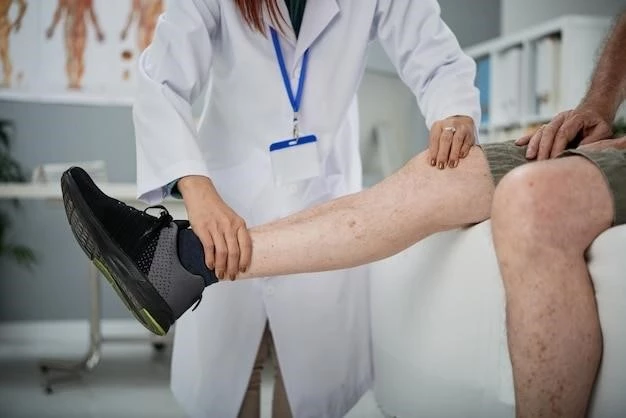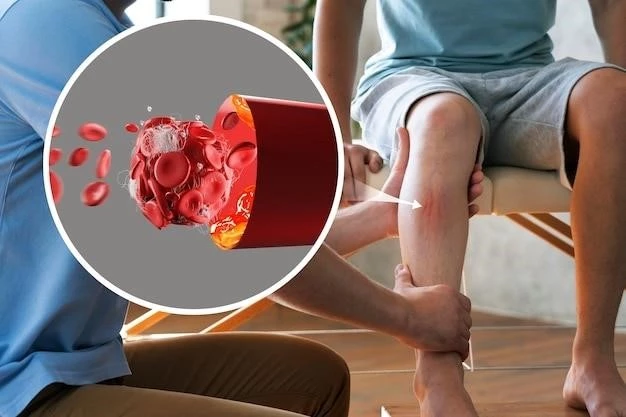Atrophoderma of Pasini and Pierini may be caused by factors like genetics or collagen abnormalities․ Understanding these causes is crucial․
Causes of Atrophoderma of Pasini and Pierini
Causes of Atrophoderma of Pasini and Pierini are not yet fully understood, but potential factors include genetic predisposition, collagen abnormalities, and autoimmune responses․ Some research suggests a link to infections or inflammatory conditions․ Further studies are needed to uncover the exact causes of this rare skin disorder․
Symptoms of Atrophoderma of Pasini and Pierini
Symptoms of Atrophoderma of Pasini and Pierini include depressions in the skin, typically on the trunk or back, which may appear as patches or streaks․ The affected areas often have a smooth texture and can vary in size․ These lesions may be asymptomatic but can cause emotional distress due to their appearance․ It’s essential to consult a healthcare professional for proper evaluation and management․
Diagnosis of Atrophoderma of Pasini and Pierini
Diagnosing Atrophoderma of Pasini and Pierini typically involves a thorough physical examination by a dermatologist․ Skin biopsies may be performed to analyze skin tissue under a microscope․ Imaging tests like ultrasound or MRI can help assess the extent of skin thinning․ A detailed medical history and discussion of symptoms are crucial for an accurate diagnosis․ Consulting with a healthcare provider is essential for proper evaluation and management․

Managing Atrophoderma of Pasini and Pierini
Effective management involves a multidisciplinary approach with treatments focusing on symptom relief and emotional support․
Treatment options for Atrophoderma of Pasini and Pierini
Treatment for Atrophoderma of Pasini and Pierini aims to manage symptoms and include topical corticosteroids, laser therapy, and cosmetic procedures to improve skin appearance․ Emollients can help maintain skin hydration․ In severe cases, surgical interventions like tissue augmentation may be considered․ It’s crucial to consult with a dermatologist to determine the most suitable treatment plan for individual needs․
Prognosis of Atrophoderma of Pasini and Pierini
The prognosis of Atrophoderma of Pasini and Pierini varies․ While the condition is typically chronic and may persist for years, symptoms can often be managed effectively with appropriate treatment․ Regular follow-ups with healthcare providers are essential to monitor changes in the skin and adjust treatment plans accordingly․ Seeking early diagnosis and intervention can help improve outcomes and quality of life for individuals affected by this skin disorder․
Research developments on Atrophoderma of Pasini and Pierini
Ongoing research on Atrophoderma of Pasini and Pierini focuses on further understanding the underlying mechanisms of the condition, exploring new treatment options, and improving diagnostic techniques․ Studies aim to shed light on the genetic, immunological, and environmental factors contributing to the development of this rare skin disorder․ By expanding knowledge in this field, researchers strive to enhance therapeutic approaches and ultimately improve outcomes for individuals affected by Atrophoderma of Pasini and Pierini․
Lifestyle management for Atrophoderma of Pasini and Pierini
Effective lifestyle management for Atrophoderma of Pasini and Pierini involves maintaining a healthy skincare routine, including gentle cleansing and moisturizing to prevent dryness and irritation․ Protecting the skin from excessive sun exposure with sunscreen and protective clothing is essential․ Managing stress levels through relaxation techniques can help minimize flare-ups․ Eating a balanced diet rich in nutrients can support skin health․ Consulting with a dermatologist for personalized advice on skincare practices is recommended for individuals with Atrophoderma of Pasini and Pierini․
Support resources for Atrophoderma of Pasini and Pierini
For individuals with Atrophoderma of Pasini and Pierini, seeking support from dermatologists, support groups, and online communities can provide valuable information and emotional assistance․ Dermatologists specialized in skin conditions can offer tailored treatment plans and guidance․ Engaging with support groups allows individuals to connect with others facing similar challenges, fostering understanding and a sense of community․ Online resources, such as reputable websites and forums, offer access to educational materials and self-care tips․ It’s essential for individuals with Atrophoderma of Pasini and Pierini to utilize these support resources to enhance their overall well-being and manage the condition effectively․
